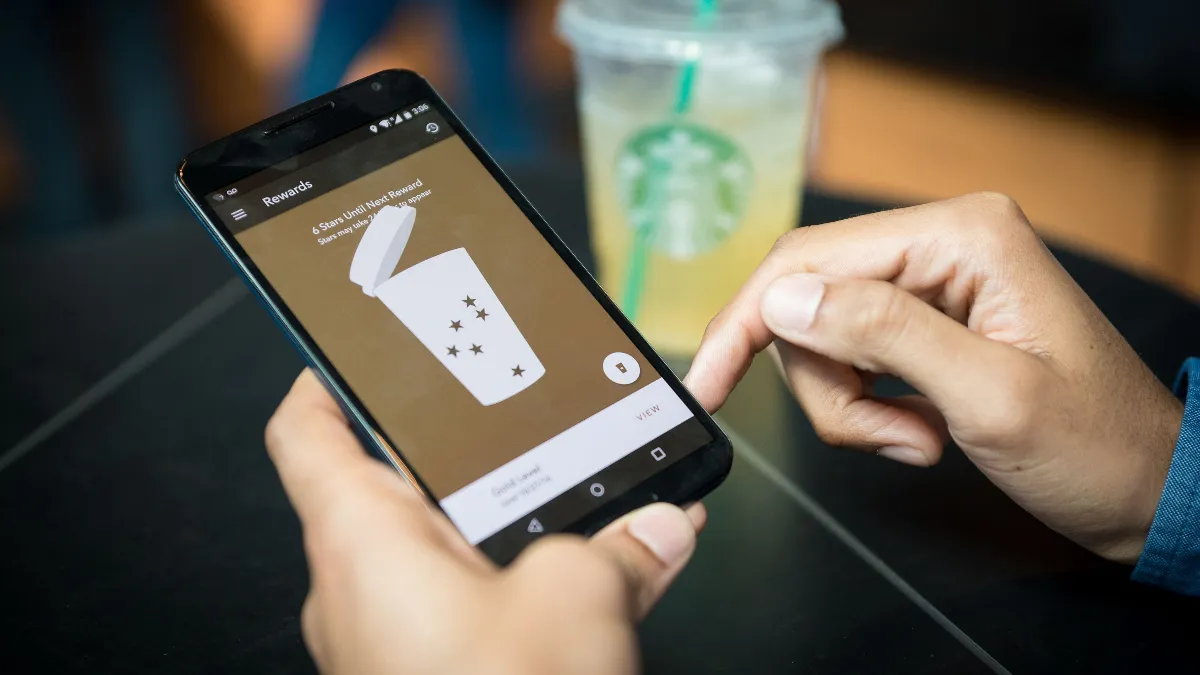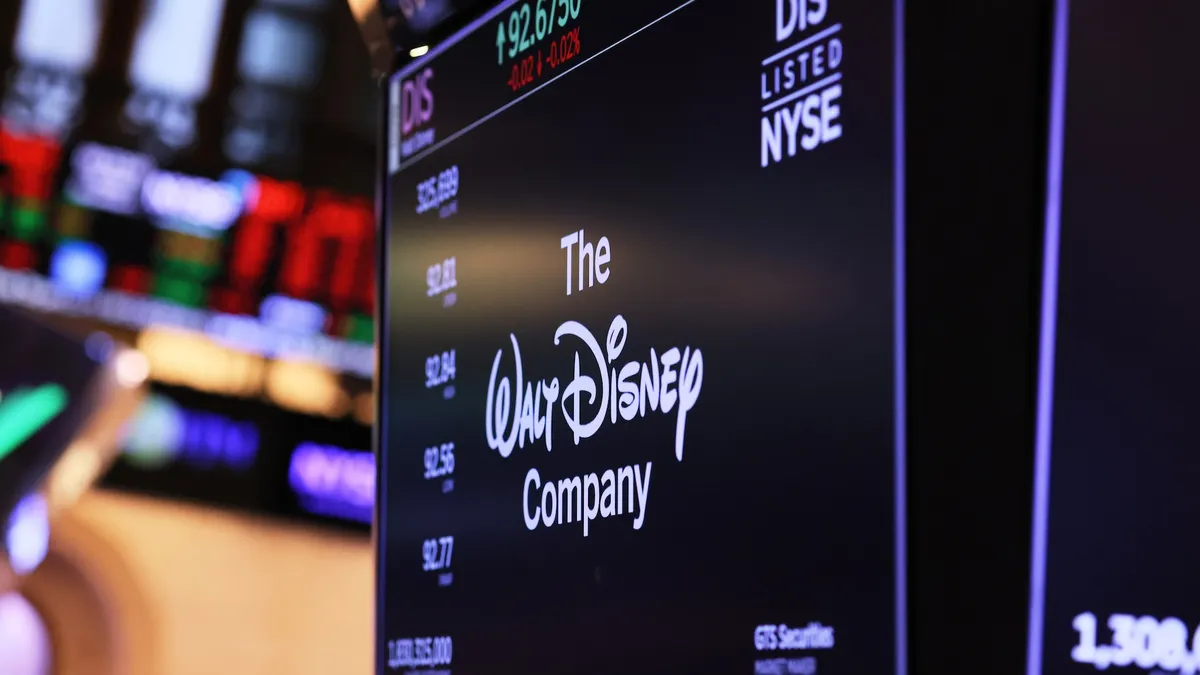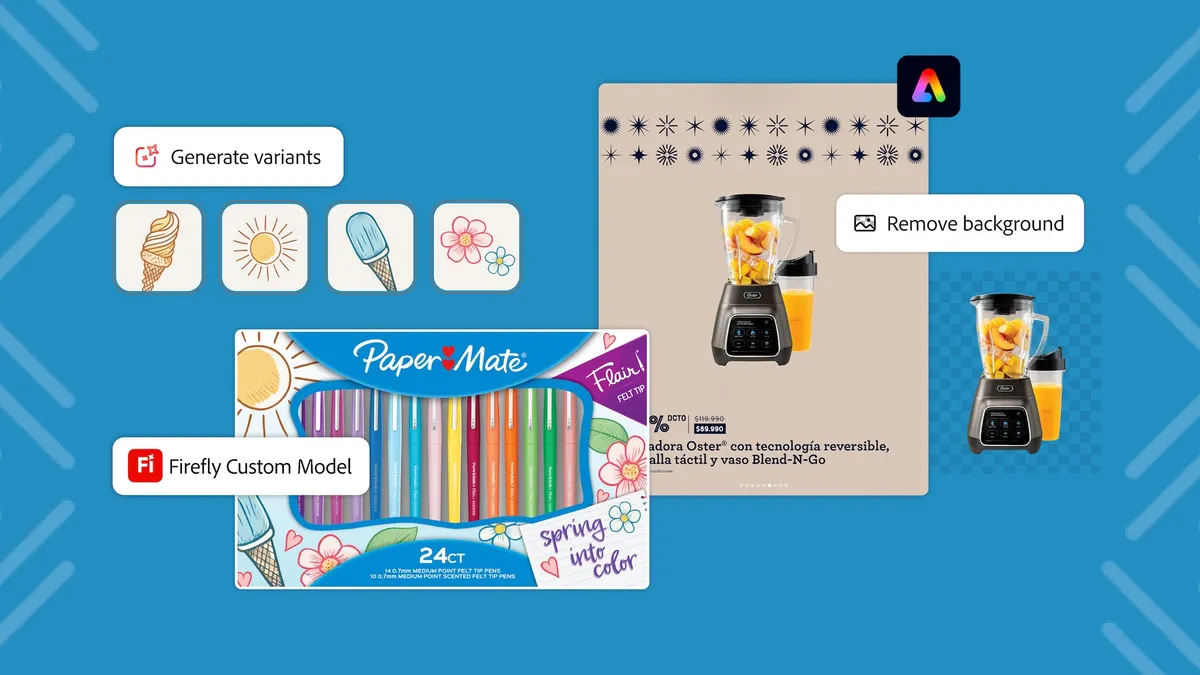The following is a guest post from global consultancy Kearney's Jim Singer, partner; Brooks Levering, partner; Luis de Lencquesaing, principal, and Piyush Gupta, senior manager. Opinions are the authors' own.
Once upon a time, media agencies reigned over celebrity-studded "shrimp and champagne" events. But by 2018, 78% of the members of the Association of National Advertisers had some form of internal agency.
As digital media increasingly present more effective alternatives to long-term, linear television buys, they also increase the value of data — and control over that data. Combined with the potential for cost savings, these developments have convinced major advertisers such as Procter & Gamble, AB InBev and Clorox to move toward building in-house agencies.
Perhaps the COVID-19 pandemic will give media agencies time to reposition their value propositions and regain relevance. Meanwhile, advertisers would be wise to prepare for a new post-agency world. If you are an advertiser considering moving to in-house media buying, what should you be thinking about? What lessons can you learn from others' experiences with internal agencies? At Kearney, we've identified six key takeaways.
1. Digital first
Digital advertising has arrived. For example, one consumer packaged goods (CPG) company we worked with spent 43% of its 2016 advertising dollars on digital. In 2020, that number reached 85%, a compound annual growth rate (CAGR) of more than 20%.
One traditional strength of agencies was that large volumes gave them leverage. But digital formats are mostly biddable, which reduces that advantage.
Furthermore, many CPGs are shifting their sales channels. They're using more direct-to-consumer (DTC), e-retail, pure play and other e-commerce media. For example, we worked with a CPG company that's expecting more than 40% growth in online sales by 2021. That includes 43% CAGR in DTC and 29% CAGR in e-retail and pure play.
Investments in these new channels can shrink the funds available for traditional advertising. Furthermore, these new channels offer opportunities to refine and integrate digital media advertising — assuming you have sufficient control.
2. DisinterMEDIAtion
Digital media buying is complex and opaque. It's filled with middlemen, including automated buying programs for marketers called demand-side platforms (DSP), supply-side platforms (SSP, which do the same for publishers), bid-shading apps that ensure you don't pay overpay in an auction, ad serving brand safety apps that protect your reputation by keeping your ads away from inappropriate content, and audience data providers.
Together, these non-working media costs can represent 40% to 70% of digital investments. In this context, an agency presents two problems. First, it's another middleman, taking another cut. Second, it adds a layer of opacity. For efficiency's sake, you want transparency on all these non-working costs. In-housing brings you straight to the source for media inventory.
3. Data is king
Today's CPG companies must have capabilities to understand consumer trends and reactions in as close as possible to real time. By in-housing digital media spending, you gain better control over campaign performance data.
Your competitive advantage depends on your efficiency and agility in data analytics and insights. It's a challenge, because this remains an ecosystem. Third-party data providers help you with macro market trends, competitive analyses, and benchmarks and analytics covering issues such as consumer segmentation, lifetime value analysis, social listening and customer satisfaction. But these insights are so important that they are worth owning rather than outsourcing to an agency.
Furthermore, increased data privacy regulations emphasize the value of data control. The European Union's General Data Protection Regulation (GDPR) vastly restricts corporate use of private data and third-party data selling. Some U.S. states are also increasing data restrictions, and potential federal restrictions depend on the new administration's priorities. To avoid legal tangles — not to mention abusing your customers' confidence — you want direct control over consumer data.
4. Tear down internal silos
Too often, marketing and e-commerce teams function in silos. Marketing measures success by awareness as defined in traditional media terms. E-commerce measures immediate profit and loss (P&L) impact. In the resulting conflict, we even heard one e-commerce executive say, "Don't let Marketing get their hands on my marketing budget."
In the past, the two teams had the luxury of an external agency playing peacekeeper. The agency understood the increasing integration of awareness and e-commerce sales. It knew that both the wide end and the narrow end are part of a single funnel. When you bring advertising in house, you take on responsibility for executing a successful negotiation to that end.
When done correctly, this negotiation can have a galvanizing impact. When you work together, you can consistently align the top of the marketing funnel (awareness) with the bottom (conversion).
5. Make investments dynamic
A fixed advertising budget encourages a brand to spend its entire budget. It ignores impact, whether that's measured in cost per thousand impressions (CPM) or in overarching strategic marketing and e-commerce objectives. In digital media buying, when you can measure impact so quickly, you need guardrails on your budget.
A dynamic investment model adapts media investment to results and strategy. Investments move forward only after they demonstrate profitable sales.
6. Speed and control
Today, speed and control define the difference between winners and losers. No longer can you assemble dozens of people to develop a theoretical strategy that takes weeks to adapt and change. You need to be agile, close to the data and backed by an organization that is ready to pivot in real time and invest where it makes sense.
Today's advertising is a two-way street: It doesn't merely broadcast your brand, it also generates data. Anything that generates data, you need to own as a business.
That requires organizational transformation. You need an innovative and agile strategic vision of a goal. You also need a team that can execute on that goal. Once, those talented people were located only on Madison Avenue, or maybe in other big city ad agencies. But today, as COVID-19 has forced us to discover, your company's remote workers can achieve greatness.
A new beginning
More than 50 years ago, the rise of the original ad agencies led to an exciting period of business history. It's summed up in the image of a Mad Man slipping on a fedora to match his gray flannel suit.
Today, the rise of the internal ad agency may be full of devilish details. Each company comes with its own set of complexities, which can be hard to master on your own. And sartorial trends have changed. Nevertheless, the business transformation is similarly exciting.



















